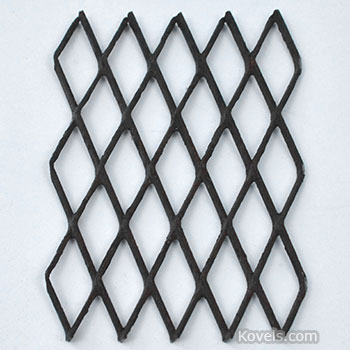A border wall to control immigration is nothing new. When World War II ended in 1945, Winston Churchill, Prime Minister of England, gave a speech that called the division in Europe “an iron curtain.” It was a symbolic term for the political and military boundary between democratic western countries and communist bloc eastern countries. Germany was divided into four parts governed by France, England, the United States, and Russia. In Berlin, the section of the Iron Curtain dividing West Germany (Federal Republic of Germany) from East Germany (German Democratic Republic) took the form of the Berlin Wall, an 11-foot-high concrete and barbed wire wall built in 1961 to keep citizens of East Berlin from defecting to the west. In other areas, walls were constructed of steel or iron fencing. In 1989, the East German government began to allow travel to West Germany and in 1990, cheering citizens tore down the wall to reunite Berlin. Pieces of the wall were carried away as trophies and many are still in collections and bought and sold. An 11-by-16-foot section of crisscrossed metal fencing that once divided Europe along the Iron Curtain was sold recently by Guernsey’s Auction in New York for $469.
Photo: Guernsey’s




No disrespect. I have two pieces of the wall, allegedly. They were cut to fit brick-size boxes of cheap cardboard and so marked as pieces of the Berlin Wall. My husband is native Russian from Moscow and I excitedy showed them to him. He smiled & offered to go outside the our apt. and get some concrete from the Moscow sidewalk for me. Ha! But I still have them.
Ironically, I recently ran across an IT vendor marketing item, circa 1990 with a piece of the wall and authentication paperwork. I suspect most of them ended up in the trash.